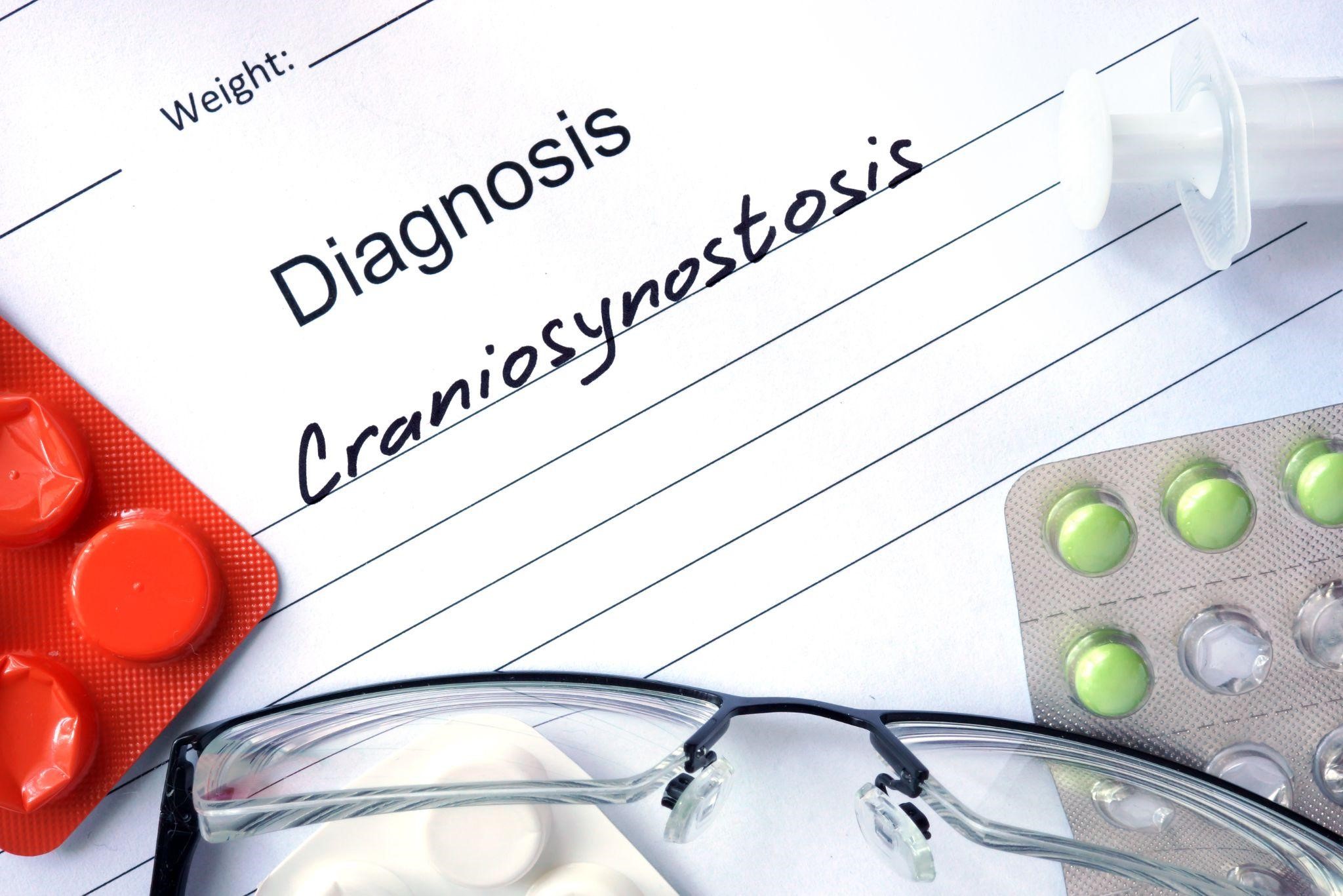"Why does my child resemble Suppandi?", asked the concerned parents of a one-year-old child. This innocent question brought attention to a condition called craniosynostosis.
Craniosynostosis is a birth defect where the sutures, which are the junctions between the skull bones, fuse prematurely. This fusion leads to an abnormal shape of the skull, depending on the affected sutures.
Craniosynostosis can occur in different ways, such as coronal (on one or both sides), sagittal (giving the head a saddle-like appearance), lambdoid, metopic (resulting in a triangular-shaped forehead), or affecting almost all sutures (causing a cloverleaf-shaped head). However, the most common form is positional plagiocephaly, which occurs when a baby's head remains in one position for an extended period.
The cause of craniosynostosis is unknown in the majority of cases (non-syndromic craniosynostosis), accounting for 70 to 80% of occurrences. The remaining cases can be associated with familial and genetic disorders (syndromic craniosynostosis). It is important to be aware of potential issues and seek medical attention when certain signs arise.
Symptoms that may indicate a problem include headaches, vomiting, sleepiness, and developmental delays (such as delayed speech or walking), along with an abnormal head shape. To diagnose craniosynostosis, a clinical examination by a Pediatric Neurosurgeon is conducted, along with skull X-rays and CT scans of the head.
Timely treatment is crucial in craniosynostosis cases to prevent adverse effects on brain development and potentially life-threatening increased intracranial pressure. Moreover, the condition can lead to significant psychosocial issues for both the child and parents due to peer interactions.
Correct diagnosis is extremely important in these cases. There is no blanket rule and treatments are tailored based on various factors. Management of craniosynostosis involves addressing issues related to raised intracranial pressure, surgical treatment, and most important psychological counselling of parents and children.
Treatment options include open surgery, minimally invasive endoscopic surgery, molding helmets and conservative measures for positional problems. The age of the child plays a crucial role in determining the appropriate surgical approach.
Endoscopic or minimally invasive surgery is typically performed on younger children (around 6 months old) and involves two small incisions. Open surgery, reserved for older children, requires a horizontal incision to expose the affected bony segments. Cranial remodeling is then performed using drills, absorbable plates and screws. Molding helmets, although not yet widely used in India due to high costs, can also be employed as a conservative treatment. These helmets are custom-made to fit the child's head shape.
Raising awareness, providing accurate guidance, identifying the right timing for treatment, and adopting a multidisciplinary approach are crucial for effective management of craniosynostosis.
If you think your child is showing symptoms of Craniosynostosis, book an appointment with Dr. Abhijit Warade, Consultant – Neuro-surgery at P. D. Hinduja Hospital & Medical Research Centre, Mahim, Mumbai on 022 6766 8181/022 4510 8181
*Information source: Bombay Times

